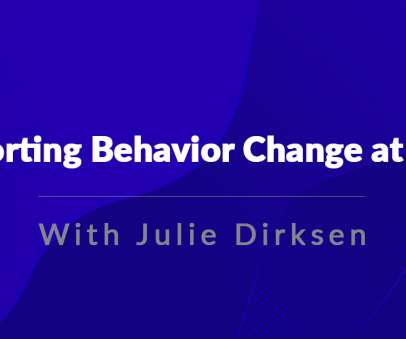Front-End Analysis: Improving Performance
Dashe & Thomson
JULY 25, 2012
Expert users will become Super Users. Thomas Gilbert’s behavioral engineering model (BEM) is used in conjunction with Front-End Analysis to distinguish between environmental supports (the work environment factors that encourage or impede performance) and a person’s repertory of behavior (what the individual brings to the table).
















Let's personalize your content